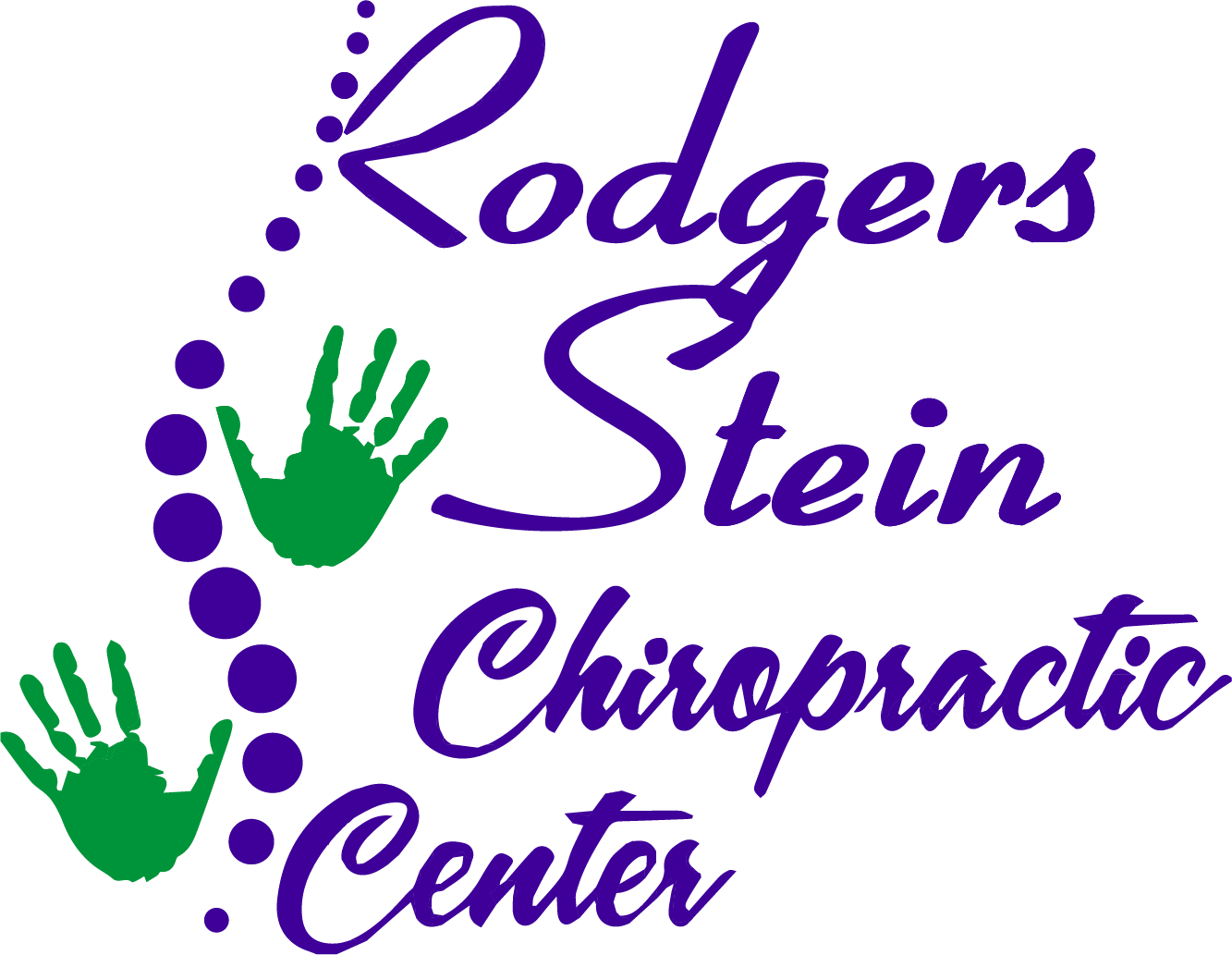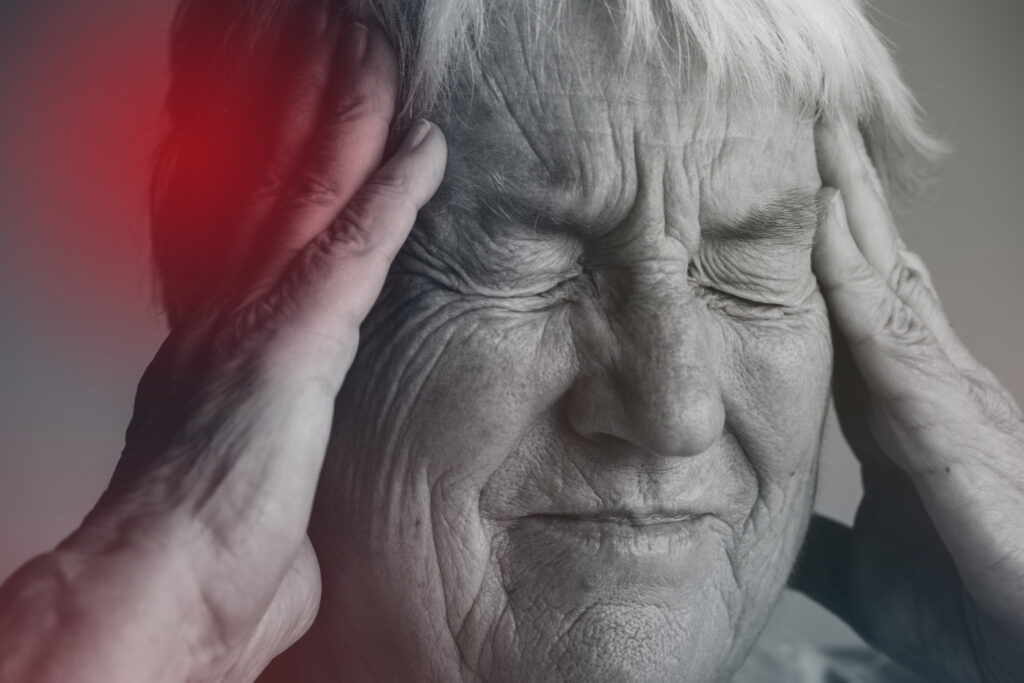If you're struggling with chronic back pain, finding effective remedies can feel overwhelming. You might consider a combination of physical therapy, targeted exercises, and alternative treatments that many have found beneficial. It's crucial to understand how these approaches work together to not only alleviate pain but also promote long-term health. As you explore these options, you may discover some surprising techniques that could change your perspective on pain management. What if the answer to your discomfort lies in a holistic approach you haven't tried yet?
Understanding Chronic Back Pain
When it comes to chronic back pain, understanding its nature is vital for effective management. Chronic back pain often stems from various factors, including injury, poor posture, or underlying medical conditions. By recognizing the root cause, you can tailor your approach to managing your pain more effectively.
You might experience this pain as a constant ache, sharp discomfort, or stiffness that limits your daily activities. It's significant to mention that chronic back pain isn't just a physical issue; it can also impact your mental well-being. Anxiety, depression, and stress can exacerbate your symptoms, making it imperative to address both physical and emotional aspects of your pain.
Identifying triggers can help you avoid situations that worsen your discomfort. Keep a journal of your daily activities and note when your pain intensifies. This record can reveal patterns and help you make informed decisions about your lifestyle.
Additionally, understanding the difference between acute and chronic pain can empower you. Acute pain typically resolves with treatment, while chronic pain persists for months or even years, requiring a more thorough approach.
You should also be aware of common misconceptions about chronic back pain, such as the belief that rest is always the best remedy. In reality, staying active within your limits is often more beneficial.
Educating yourself about chronic back pain equips you with the knowledge to seek appropriate remedies and support, ultimately leading to a better quality of life.
Physical Therapy Techniques
Physical therapy techniques offer effective ways to manage and alleviate chronic back pain. When you work with a physical therapist, they'll evaluate your condition and create a personalized treatment plan tailored to your specific needs.
One common technique is manual therapy, where the therapist uses their hands to manipulate soft tissues and joints. This can help relieve muscle tension and improve mobility.
Another technique you might encounter is therapeutic ultrasound. This method uses sound waves to promote tissue healing and reduce inflammation in the affected area. If you're experiencing stiffness, your therapist may also incorporate stretching exercises to improve flexibility and range of motion.
You may also benefit from modalities like electrical stimulation. This technique involves using electrical impulses to stimulate muscles, which can help reduce pain and enhance healing. In addition, your therapist might use heat or cold therapy to alleviate discomfort and promote relaxation.
Education is another critical aspect of physical therapy. Your therapist will teach you about proper body mechanics and ergonomics to prevent further injury. They'll help you understand how to maintain good posture and lift objects safely, which can make a significant difference in your daily life.
Finally, your therapist may guide you through specific exercises designed to strengthen your back and core muscles. These exercises are essential for supporting your spine and preventing future pain.
Effective Exercise Routines
To tackle chronic back pain, incorporating effective exercise routines is essential.
You'll want to focus on strengthening your core muscles, improving flexibility through stretching, and choosing low-impact cardio options.
These elements can work together to provide you with relief and enhance your overall mobility.
Strengthening Core Muscles
Strengthening your core muscles is essential for alleviating chronic back pain and enhancing overall stability. A strong core supports your spine, reduces strain on your back, and improves posture. You don't need fancy equipment to get started; bodyweight exercises can be incredibly effective.
Begin with planks. Hold a plank position for 20-30 seconds, focusing on keeping your body in a straight line. Gradually increase the time as you build strength.
Next, try bridges. Lie on your back with your knees bent, feet flat on the floor. Lift your hips off the ground until your body forms a straight line from shoulders to knees. Hold for a few seconds before lowering.
Incorporate side planks to target your obliques. Lie on your side, supporting your body with one forearm, and lift your hips off the ground. Hold for 15-20 seconds on each side.
Finally, add bird-dogs to improve coordination and balance. Start on all fours, extend one arm forward and the opposite leg back, then switch.
Aim to perform these exercises 2-3 times a week for best results. Consistency will lead to better core strength and reduced back pain.
Flexibility and Stretching
Incorporating flexibility and stretching into your routine is key for relieving chronic back pain and enhancing mobility. Stretching helps to alleviate tension in your muscles, improve circulation, and increase the range of motion in your joints.
Start with gentle stretches, focusing on your lower back, hamstrings, and hip flexors, as these areas often contribute to back pain. Consider trying the cat-cow stretch to warm up your spine. Begin on all fours, arch your back while inhaling, and then round it while exhaling. Hold each position for a few seconds.
Next, the child's pose can help elongate your spine and release tightness. Sit back on your heels, stretch your arms forward, and breathe deeply. Incorporate the standing forward bend to stretch your hamstrings and lower back. Stand with feet hip-width apart, bend at your hips, and reach toward the floor.
Finally, aim to include these stretches into your daily routine, holding each for 20-30 seconds, and repeat them 2-3 times. By committing to flexibility and stretching, you'll likely notice an improvement in your back pain and overall well-being.
Low-Impact Cardio Options
While flexibility and stretching play an important role in managing chronic back pain, adding low-impact cardio to your routine can further enhance your recovery and overall fitness.
Low-impact exercises, like walking, swimming, or cycling, offer great benefits without putting excessive strain on your back. These activities increase blood flow, improve cardiovascular health, and can even boost your mood.
Walking is one of the easiest and most accessible options. Just 20-30 minutes a day can help strengthen your muscles and improve your endurance.
If you prefer the water, swimming is fantastic; it provides resistance while supporting your body, reducing the risk of injury.
Cycling, whether on a stationary bike or outdoors, also offers a great way to get your heart rate up without jarring your spine.
Consider incorporating these low-impact cardio workouts into your weekly routine. Aim for at least 150 minutes of moderate activity each week.
Remember to listen to your body—if something doesn't feel right, don't push through the pain.
Alternative Therapies Overview
When it comes to managing chronic back pain, many people turn to alternative therapies for relief. These therapies can complement traditional treatments or serve as standalone options, depending on your preferences and needs.
You might find that alternative therapies offer a more holistic approach, addressing not just the symptoms but also the underlying causes of your pain.
Acupuncture is one popular method that involves inserting thin needles into specific points on the body. Many individuals report significant reductions in pain and improved mobility after a few sessions.
If you prefer a hands-on approach, chiropractic care might be your go-to option. Chiropractors manipulate the spine and other joints to alleviate pain and improve overall function.
Massage therapy is another effective alternative. It can relax tense muscles, enhance circulation, and ease pain in your back. You might consider scheduling regular sessions to maintain long-term benefits.
Osteopathy also focuses on the musculoskeletal system, using gentle techniques to promote healing and relieve discomfort.
Herbal treatments and supplements are increasingly popular as well. Natural remedies like turmeric, ginger, or devil's claw have shown promise in reducing inflammation and pain.
However, it's crucial to consult with a healthcare provider before starting any new supplement.
Finally, physical therapy encompasses various alternative techniques, including stretching, strengthening exercises, and even aquatic therapy.
Working with a skilled therapist can help you develop a tailored plan for your specific back pain challenges. Exploring these alternative therapies could lead you to the relief you've been searching for.
Mindfulness and Relaxation Methods
Mindfulness and relaxation methods can be powerful tools in managing chronic back pain. By focusing your attention on the present moment, you can reduce stress, anxiety, and tension, all of which contribute to pain.
One effective technique is deep breathing. When you practice deep breathing, you engage your diaphragm and allow more oxygen to flow into your body. This simple act helps calm your nervous system and promotes relaxation.
Another valuable practice is progressive muscle relaxation. This involves tensing and then relaxing different muscle groups throughout your body. Start at your feet and work your way up to your head. As you focus on each muscle group, you'll notice where you hold tension. Releasing this tension can lead to a significant decrease in pain levels.
Guided imagery is also an excellent method for pain management. By visualizing a peaceful scene or a place where you feel completely at ease, you can distract yourself from pain and induce a state of relaxation. You can find numerous apps and online resources that offer guided imagery sessions specifically designed for pain relief.
Finally, consider incorporating mindfulness meditation into your daily routine. Just a few minutes of meditation can help you cultivate awareness of your body and your pain, allowing you to respond to discomfort with greater resilience.
Nutritional Support for Healing
How can the right nutrition aid in healing chronic back pain? Proper nutrition plays a significant role in your body's ability to recover and manage pain effectively. By fueling your body with the right nutrients, you can reduce inflammation, strengthen your muscles, and promote overall healing.
Focus on incorporating anti-inflammatory foods into your diet. Leafy greens, berries, fatty fish, and nuts are excellent choices. These foods contain antioxidants and omega-3 fatty acids that help combat inflammation, which is often a key player in chronic back pain.
Additionally, staying hydrated is essential. Drinking enough water supports your spinal discs, keeping them healthy and functioning properly.
Don't forget about the importance of protein. Adequate protein intake helps repair tissues and build muscle, which is essential for maintaining a strong support system for your spine. Lean meats, legumes, and dairy products are great sources.
It's also worth considering foods rich in vitamin D and calcium, as they strengthen bones and can prevent further issues.
Lastly, be mindful of processed foods and sugars, as they can increase inflammation and hinder your recovery process. Instead, opt for whole, nutrient-dense foods.
Ergonomic Adjustments at Home
Making ergonomic adjustments at home can greatly reduce chronic back pain and enhance your overall comfort. By creating a workspace and living environment that supports your body's natural alignment, you can alleviate strain on your back and improve your posture.
Here are four key adjustments to take into account:
- Chair and Desk Height: Verify your chair supports your lower back and is adjustable. Your feet should rest flat on the floor, with your knees at a right angle. Your desk should be at elbow height when you're seated.
- Monitor Placement: Position your computer monitor at eye level, about an arm's length away. This prevents you from hunching over or straining your neck, which can contribute to back pain.
- Keyboard and Mouse Position: Keep your keyboard and mouse close enough that your elbows stay at your sides and your wrists remain straight. Think about using an ergonomic keyboard and mouse to help reduce wrist strain.
- Breaks and Movement: Don't forget to take regular breaks. Stand up, stretch, or walk around every 30 to 60 minutes. Movement helps circulation and alleviates stiffness in your back.
Heat and Cold Therapy
Many people find heat and cold therapy effective for managing chronic back pain. Each method serves a unique purpose and can provide considerable relief when applied correctly.
When you use heat therapy, it helps relax and soothe stiff muscles, improving blood circulation in the affected area. You might want to use a heating pad, warm towel, or even take a warm bath. Just make sure you don't apply heat for too long—around 15 to 20 minutes is usually enough to feel the benefits without risking burns.
On the other hand, cold therapy is fantastic for reducing inflammation and numbing sharp pain. Ice packs or cold compresses work well to decrease swelling and provide temporary relief. Apply the cold treatment for about 15 to 20 minutes, and always wrap the ice pack in a thin cloth to protect your skin.
You can alternate between heat and cold therapy for even better results. Start with cold therapy to minimize inflammation, then switch to heat to relax tight muscles. Just listen to your body; if one method feels better than the other, stick with it.
Incorporate these therapies into your daily routine as needed, especially after physical activity or long periods of sitting.
Both heat and cold therapy are non-invasive, easy to do at home, and can greatly help you manage chronic back pain effectively.
Managing Stress and Anxiety
Chronic back pain often intertwines with stress and anxiety, creating a cycle that can exacerbate your discomfort. When you're stressed, your muscles tense up, leading to increased pain. Conversely, the pain can heighten your stress levels.
To break this cycle, it's essential to manage your stress and anxiety effectively. Here are some strategies you can adopt:
- Mindfulness and Meditation: Practicing mindfulness allows you to focus on the present moment, helping to reduce anxiety. Even just a few minutes of meditation daily can make a significant impact.
- Physical Activity: Engaging in regular exercise can boost your mood by releasing endorphins. Try gentle activities like walking, swimming, or yoga, which can also help relieve muscle tension in your back.
- Breathing Techniques: Deep breathing exercises can calm your nervous system and lower stress levels. Take a few minutes each day to practice inhaling deeply through your nose, holding for a moment, and exhaling slowly through your mouth.
- Social Support: Connecting with friends or family can provide emotional relief. Share your feelings and concerns with someone you trust, as talking about your experiences can lighten your mental load.
When to Seek Professional Help
If your back pain lasts longer than a few weeks, it's time to contemplate professional help.
Pay attention to any additional symptoms like numbness, weakness, or changes in bowel or bladder control, as these can indicate a more serious issue.
Seeking guidance from a healthcare provider can help you find the right treatment and prevent further complications.
Persistent Pain Duration
When back pain lingers beyond the typical healing period, it's important to contemplate seeking professional help. Ignoring persistent pain can lead to further complications, and it's vital to recognize when to act.
If your discomfort lasts longer than a few weeks, consider these factors:
- Pain Intensity: If your pain is severe and doesn't improve with rest or over-the-counter medications, it's time to consult a healthcare provider.
- Impact on Daily Life: When back pain interferes with your daily activities, such as work, exercise, or sleep, professional assessment is necessary.
- Changes in Symptoms: If you notice your pain escalating or changing in nature—like developing a tingling sensation or weakness in your legs—seek help immediately.
- Previous Treatments: If you've tried various treatments, like physical therapy or pain relief medications, without success, it's a clear sign you need to talk to a specialist.
Taking these steps can help you manage your pain effectively and prevent it from worsening.
Don't hesitate to seek the help you need to reclaim a pain-free life.
Associated Symptoms Evaluation
Recognizing associated symptoms can greatly impact your decision to seek professional help for back pain. If you experience sudden weight loss, fever, or severe pain that doesn't improve with rest, it's time to consult a healthcare professional. These symptoms may indicate a more serious underlying condition requiring immediate attention.
Numbness or tingling in your legs or feet is another red flag. This could signify nerve compression or damage, which needs assessment to prevent further complications.
If you find it hard to control your bladder or bowels, don't hesitate to seek help. This symptom could indicate cauda equina syndrome, a medical emergency.
Also, pay attention to changes in your mobility. If your back pain is preventing you from performing daily activities or is worsening despite self-care measures, professional guidance is vital.
Lastly, consider your overall health. If you have a history of cancer, osteoporosis, or recent trauma, it's essential to get checked out.
Don't ignore these warning signs; addressing them early can lead to better outcomes and prevent more significant issues down the line.
Conclusion
Incorporating these proven remedies can make a significant difference in managing your chronic back pain. By combining physical therapy, effective exercise routines, and alternative therapies, you can enhance your recovery journey. Don't forget the importance of mindfulness, ergonomic adjustments, and stress management in your daily life. Remember, seeking professional help early on can lead to a personalized treatment plan that works for you. Take proactive steps today to reclaim your comfort and well-being!



